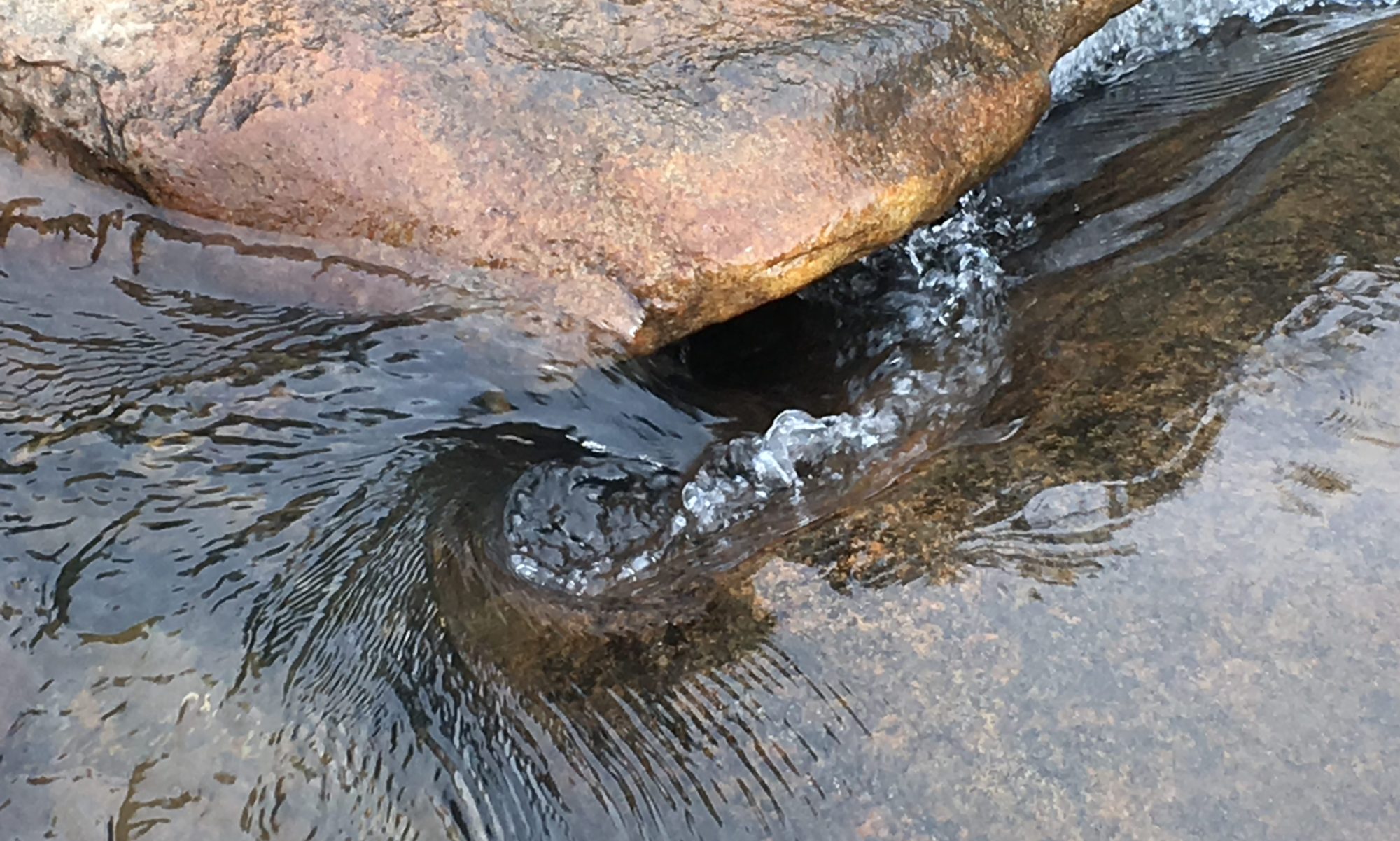So begins “Moby Dick”, in my opinion the greatest work of American fictional literature ever produced. (OK, “Huckleberry Finn” is it’s equal, but that’s where I draw the line.)
In 1841, Herman Melville quit his job as a schoolmaster in upstate New York, made his way east to Massachusetts, and sailed down the Acushnet River into New Bedford, where he signed on to a two year whaling voyage. He sailed halfway around the world, jumped ship in the South Pacific, consorted with Polynesian islanders for a few years, made his way to Hawaii, came back to New Bedford and wrote “Moby Dick”, not half a mile from where I sit writing this blog at our mooring off Pope’s Island. I feel like I’m making a pilgrimage.
I just love this place. The historical photographs of New Bedford’s harbor during the peak of whaling show a forest of wooden masts, and almost uncountable barrels of whale oil being offloaded.


Although the ships are built of steel nowadays, and they harvest scallops and groundfish instead of whales, it is not much different :

This is fishing on an industrial scale- the largest commercial fishery in North America, big ships, coming and going at all hours; shipyards working three shifts a day, the banging and groaning of metalwork broadcast over the harbor, welding and hammering and grinding going on 24/7; giant ice plants, where fishing boats pull up to load tons of ice before going out to harvest; processing plants where the harvest is cut and packed… I could live here. I love the smell of it.
The center of town (where Melville would have signed onto his voyage) is designated “The New Bedford Whaling National Historic Park”; the buildings are beautifully preserved, the streets are still paved with cobblestone, and if you squint your eyes just right, you can be looking at the eighteenth or nineteenth century- but walk around the block, and there is a modern dragger, offloading scallops by the shovelful into a diesel powered refrigerated truck.
In the heart of that Historical Park is the New Bedford Whaling Museum. We got there late in the day, and saw pretty much everything there was too see, but I would have liked to linger, to pore over the different exhibits, for hours longer than we had. Even though our visit was short, it answered a question I didn’t even know I had.
I’ve noticed a big Portuguese influence while we’ve been up here (New England in general, and New Bedford in particular). Without ever explicitly asking the question of why that might be, I got the answer to it today, and funny enough, in Melville’s own words: (from “Moby Dick”, Chapter 27)- “No small number of these whaling seamen belong to the Azores, where the outward bound Nantucket whalers frequently touch to augment their crews from the hardy peasant of those rocky shores.” Azores is Portuguese, and there was a HUGE blending of cultures between the Azorians and the New Englanders back in the 18th and 19th centuries. The entire third floor of the Whaling Museum was dedicated to the Azorian/Portuguese influence on Yankee whaling in particular, and New England in general. It’s built into the culture here now, much like Hispanic culture in Texas, or French/Creole in Louisiana (although on a smaller scale than those examples). Anyway, the Portuguese chorizo in my seafood stew the other day was a REALLY nice touch.
Speaking of food: One of my favorite chapters in Moby Dick is “Chowder” (Ch. 15), wherein Ishmael and Queequeg partake of some particularly fine clam chowder at Cousin Hosea Hussey’s “Try Pots Inn”. I had it in mind that I HAD to have clam chowder in New Bedford, and so I did. Unfortunately, the dining establishment we chose (highly recommended!) was not up to Cousin Hosea’s standards, and the chowders as presented to us were less than exemplary. Ah well. I know my way around the galley, and can whip up some of my own before we leave New England. It’s a pity we couldn’t have tried the Try Pots.
